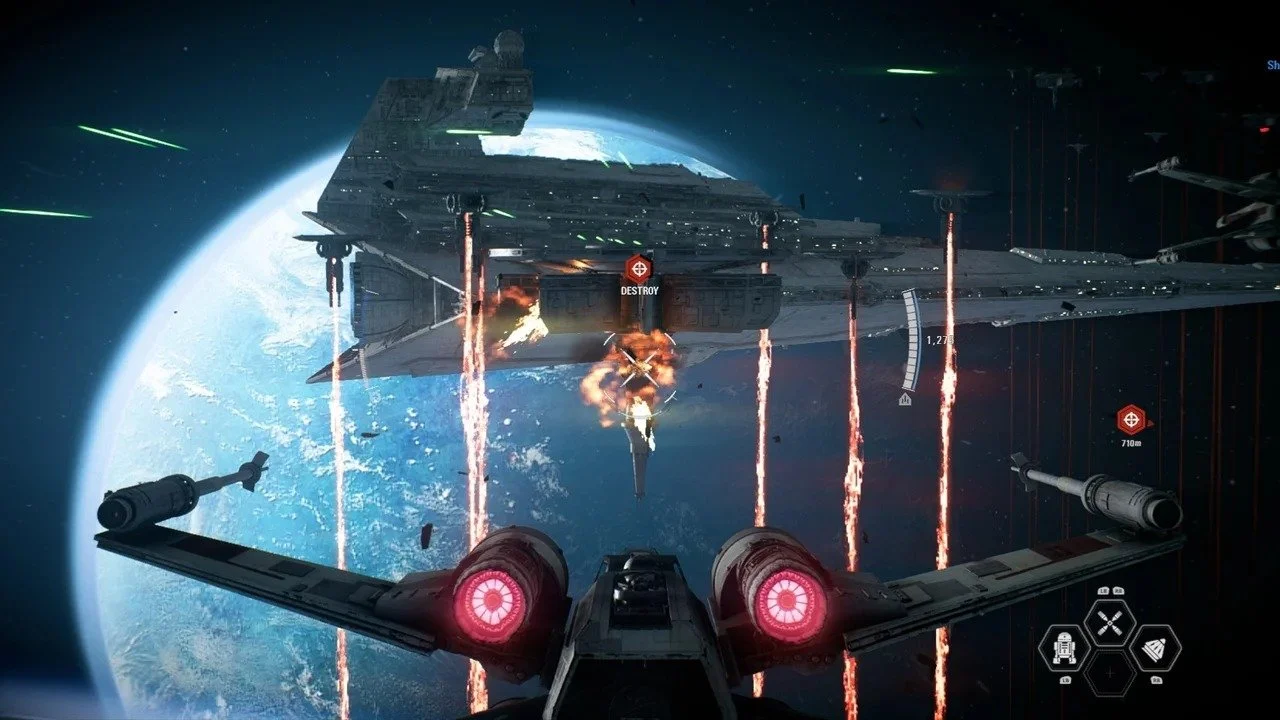What Exactly Was Operation: Cinder?
Emperor Palpatine schemed his way to the top of the galactic food chain. He literally had a plan for every step and for every two steps ahead. First, he killed his master to become the master. Next, he wiggled his way to becoming the senator of Naboo and then Supreme Chancellor of the Republic. Finally, revealed himself as Darth Sidious and destroyed the entire Jedi order. Now the leader of the Galactic Empire, he had what he so desired: control of all citizens of the galaxy. But those meddling Rebels had to stick their nose in things and disrupt the order the Empire provided.
In time, those Rebels defeated the Empire and killed the Emperor. With the Empire scattered a year after its defeat, its remaining leaders were divided on what direction to take. As usual, Palpatine had a contingency plan if he could not see his ultimate goal come to fruition. That plan was called Operation: Cinder, the last command of the Emperor. Palpatine decided that if he died and the Empire collapsed, so would everyone else. So what was Operation: Cinder, and how was it delivered after the Emperor’s death?
RELATED: New Details On 'Star Wars: Shadows Of The Sith' Revealed
Operation: Cinder was Emperor Palpatine’s contingency plan if things did not go as planned. If the Emperor died, a group of messenger droids, dressed similarly to Imperial Guards, were assigned to pre-determined members of the Empire and delivered his final order: To burn away “concepts that cannot be allowed to persist,” resistance, rebellion, and defiance through attacks that would virtually destroy a planet, even Palpatine’s homeworld of Naboo. Operation: Cinder worked by using climate disruption satellite arrays to change the climate around the planet, creating catastrophic weather that would render the planet uninhabitable. These attacks were coordinated with the Imperial Navy, which would commence an orbital bombardment. TIE fighter groups such as the 204th Imperial Fighter Wing (also known as Shadow Wing) would turn the planet Nacronis into dust.
According to Admiral Garrick Versio, the idea behind the strikes was a fear campaign to reclaim control of the galaxy. If the Empire proved they still possessed power, the citizens would turn on the New Republic. Eventually, some Imperials loved the idea of Operation: Cinder so much that they decided to conduct a second operation. In the Galactic Civil War’s final year, Colonel Soran Keize of Shadow Wing delivered an ultimatum to the people of Fedovoi End: either declare their loyalty to the Empire or be destroyed along with it. Not much of a choice, is it?
Operation: Cinder, while still planet-destroying, was more intended to bring the galaxy back under the Empire’s rule than anything else. Operation: Cinder version 2.0 was ultimately put on hold by Moff Randd leading up to the Battle of Jakku and did not have a body count anywhere close to the initial endeavor.
The complete list of planets that felt the wrath of Operation: Cinder is still unknown. The death toll and full scope of Operation: Cinder also remains a mystery. We know Naboo, Nacronis, Senthrodys, Commenor, Abednedo, Burnin Konn, Vardos, and Candovant were some of the worlds affected. Some of the planets destroyed were Imperial strongholds, while the strategic value of the others was not immediately apparent. Some worlds, like Naboo, avoided crippling losses. Others, like Nacronis and Vardos, were not quite so lucky. Thirty years later, Vardos was still covered in atmospheric ash.
Operation: Cinder was also a wake-up call for many in the Imperial military. Many who had believed in the Empire’s philosophy of order and law began to see the Empire’s actions as killing without any strategic purpose. Two of the defectors included Iden Versio, whose home planet Vardos was one of Operation: Cinder’s targets, and Agent Del Meeko of the Imperial Special Forces unit Inferno Squad. They would eventually defect to the New Republic and help defend Naboo against the Empire.
Other notable defectors included Shadow Wing member and, later, the New Republic’s Alphabet Squadron, Yrica Quell. As a result, Imperials temporarily ended up in an outpost called Traitor’s Remorse, where they were debriefed and interviewed by the New Republic.
Initially introduced in Star Wars: Shattered Empire #2, the events of Operation: Cinder mainly occur in Aftermath and the Alphabet Squadron trilogies. It is a significant event in Star Wars history yet largely remains a mystery.
READ NEXT: The Imperial Royal Guard Who Became Emperor
Source(s): StarWars.com



